Italian design has long been synonymous with style, quality, and innovation. This is particularly true when it comes to chair design, where Italian designers have consistently pushed the boundaries of form and function. From the classic lines of mid-century modernism to the bold, sculptural forms of contemporary Italian furniture, seats have become iconic symbols of design excellence.
In this article, we’ll take a closer look at the evolution of Roman stool design, exploring the key movements, designers, and innovations that have shaped the industry over the past century.
The Birth of Modern Italian Chair Design
The roots of modern Italian chair design can be traced back to the early 20th century when designers began to experiment with new materials and manufacturing techniques. One of the most influential figures of this period was Gio Ponti, an architect, and designer who helped to establish the foundations of Italian interior design.

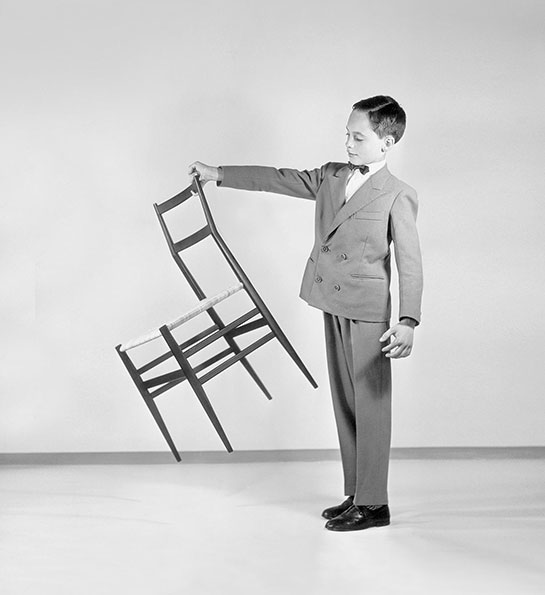
Ponti’s designs, such as the iconic Superleggera chair (1957), were characterized by their lightweight, minimalist forms and innovative use of materials like plywood and steel tubing. These armchairs set the stage for the emergence of a new generation of designers who would go on to redefine the language of seating design.
The Golden Age of Italian Chair Design
The post-war period of the 1950s and 60s is often considered the golden age of Italian design. During this time, designers like Marco Zanuso, Vico Magistretti, and Joe Colombo created some of the most iconic pieces in design history, including:
- The Ladybug Chair (1951) by Marco Zanuso, is a playful, organic form that showcases the potential of new plastics technology
- The Carimate Chair (1958) by Vico Magistretti, is a sleek, stackable design that combines a tubular steel frame with a woven rattan seat and backrest
- The Elda Chair (1963) by Joe Colombo, a futuristic, molded plastic shell that embraced the space-age aesthetics of the era
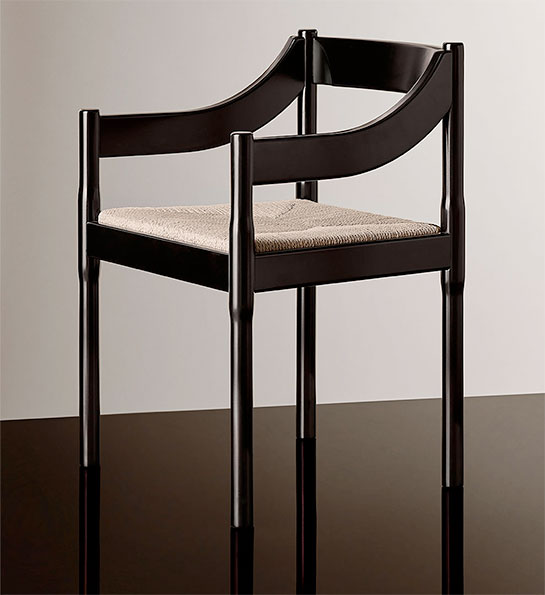
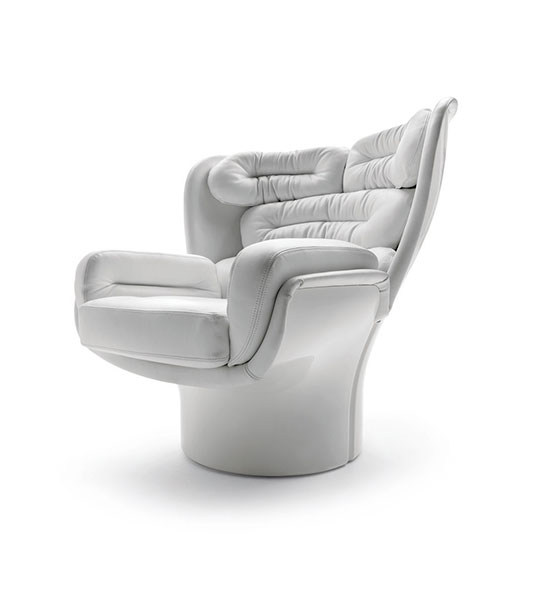
These designs, and many others like them, helped to establish chairs as symbols of cutting-edge modern Italian furniture design, sought after by design enthusiasts around the world.
Postmodern Experimentation in Italian Chair Design
In the 1970s and 80s, Italian stool design took a turn towards postmodernism, with designers like Ettore Sottsass, Alessandro Mendini, and Gaetano Pesce pushing the boundaries of form, color, and material.
The Memphis Group, founded by Sottsass in 1981, was particularly influential in this regard. Their designs, such as the iconic Bel Air Chair (1982) by Peter Shire, embraced bold colors, graphic patterns, and unconventional shapes, challenging traditional notions of what a chair could be.
Other notable postmodern Italian chairs include:
- The Proust Chair (1978) by Alessandro Mendini, is a baroque-inspired armchair covered in a pixelated, multicolored fabric
- The Up Series (1969) by Gaetano Pesce, a collection of anthropomorphic foam chairs that playfully blur the lines between furniture and sculpture
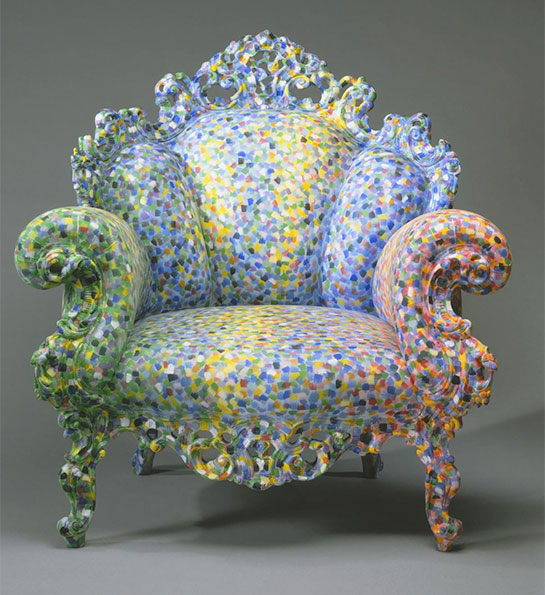
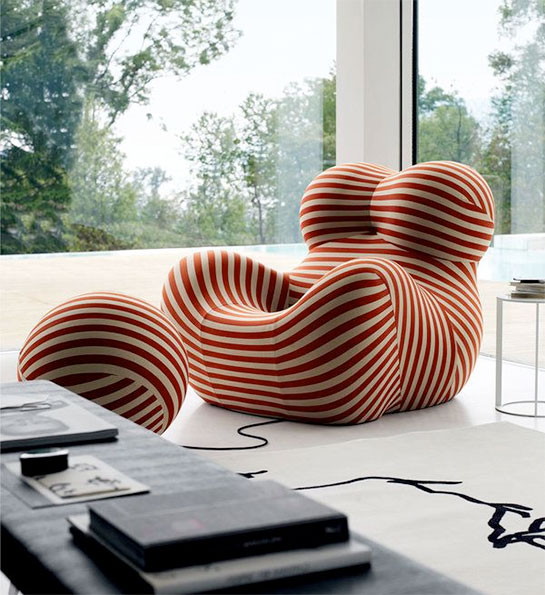
These experimental designs helped to cement Italy’s reputation as a center of innovation and creativity in the world of design.
Contemporary Italian Chair Design: Blending Tradition and Innovation
Today, contemporary furniture in Italy continues to push the boundaries of chair design, blending traditional craftsmanship with cutting-edge technology and materials. Designers like Patricia Urquiola, Piero Lissoni, and Fabio Novembre are creating stools that are both functional and sculptural, suitable for both residential and commercial spaces.
Some notable examples of contemporary Italian seats include:
- The Fjord Armchair (2002) by Patricia Urquiola, is a voluptuous, asymmetrical form that combines a molded plastic shell with a wood base
- The Audrey Chair (2011) by Piero Lissoni, is a minimalist, cantilevered design that showcases the beauty of solid wood construction
- The Nemo Chair (2010) by Fabio Novembre, is a faceted, geometric form that plays with light and shadow to create a sense of depth and dimension
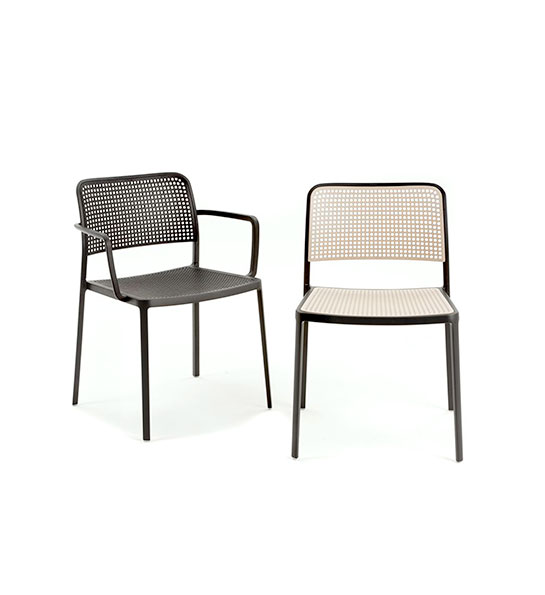
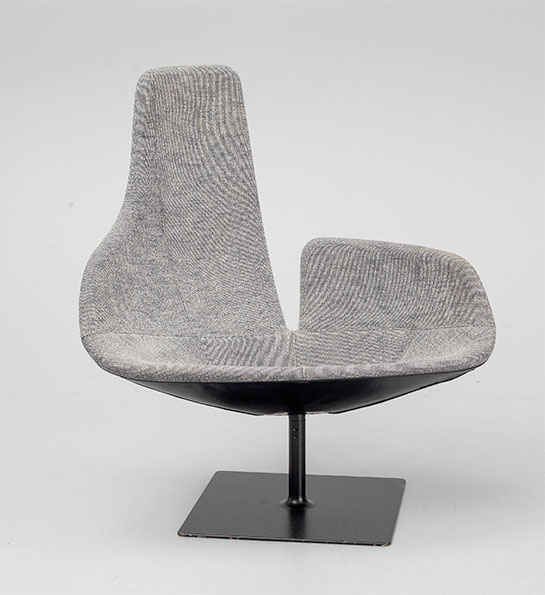
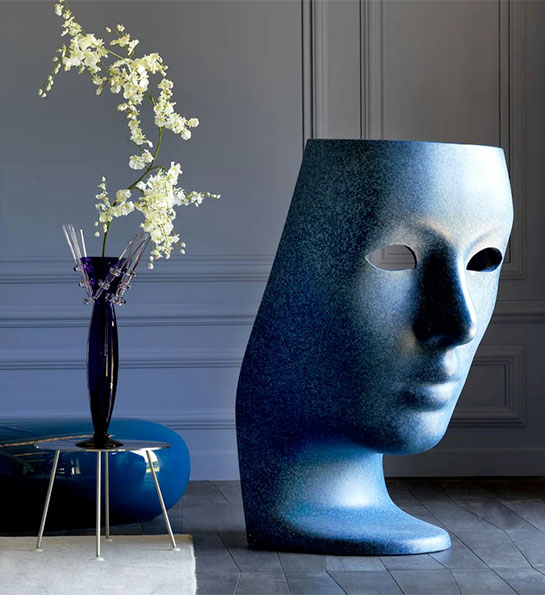
These designs demonstrate the ongoing evolution of Italian interior design, as designers continue to explore new forms, materials, and manufacturing techniques to create items that are both beautiful and functional.
The Future of Italian Chair Design
As we look to the future of chair design, it’s clear that sustainability and environmental responsibility will play an increasingly important role. Many designers and manufacturers are already incorporating eco-friendly materials and production methods into their work, such as:
- Using recycled plastics and metals in stool construction
- Experimenting with biodegradable and renewable materials like cork, bamboo, and mushroom mycelium
Implementing circular design principles that prioritize durability, repairability, and recyclability
By embracing these sustainable practices, Italian armchair designers can continue to lead the way in creating beautiful, innovative seating solutions that are both stylish and environmentally responsible.
Closing Thoughts
From the classic designs of the mid-20th century to the bold experimentations of postmodernism and the cutting-edge innovations of today, Italian chair design has consistently set the standard for style, quality, and creativity. Whether you’re furnishing a home, office, or public space, the seats are a timeless investment in both comfort and design excellence.
As the world of modern Italian furniture design continues to evolve, we can expect to see even more exciting developments in the years to come. One thing is certain: when it comes to sitting in style, Rome chairs will always be at the forefront of the conversation.
The Italian Dining Table: A Centerpiece of Conversation and Craftsmanship
The dining table is more than just a piece of furniture; it’s the heart of…
